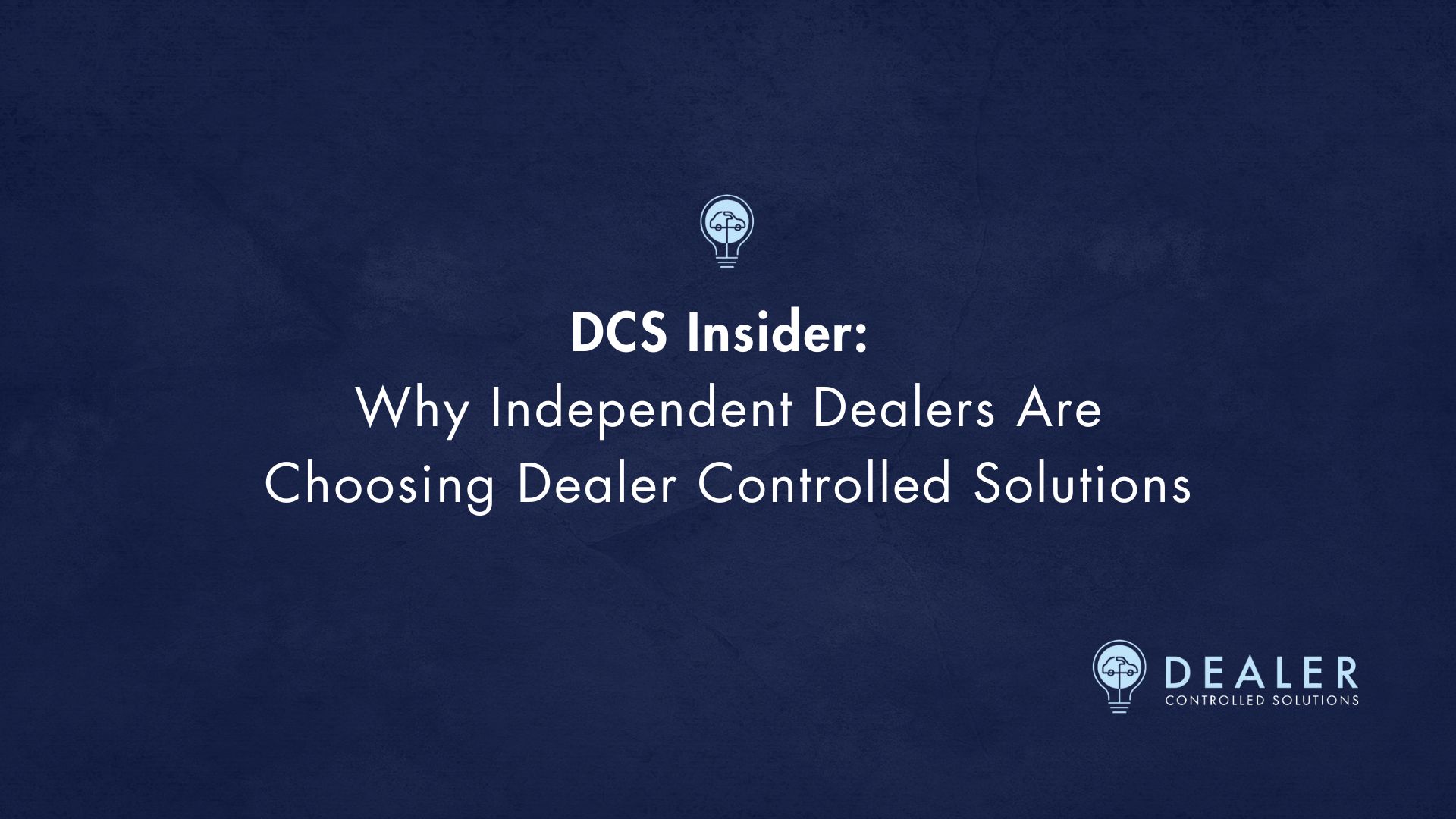.jpg)
The automotive retail landscape is changing fast. Margin compression, higher wholesale losses, and banks tightening credit standards have pushed franchise dealers to explore new revenue models. One solution gaining real traction is LHPH—Lease Here, Pay Here.
Unlike traditional financing, where the bank controls the paper and profits, LHPH allows dealers to act as the lender. By keeping the financing relationship in-house, dealers can capture profit, improve customer retention, and unlock powerful tax advantages.
In this article, we’ll break down the five key reasons franchise dealers are considering the LHPH model, and why now is the time to evaluate this strategy for your store.
For most dealers, the first sale is just the beginning of a relationship. But when the bank controls the loan, the dealer loses the customer touchpoints that build loyalty.
With LHPH, every monthly payment becomes a monthly interaction between the dealer and the customer. Instead of sending payments to a bank, customers pay the dealership directly. That means:
Why it matters: Retention is the new gross. Dealers who control the lending cycle control the customer relationship—and create lifelong clients instead of one-time transactions.
When a bank finances a deal, they take their cut first. Dealers lose margin through buy rates, reserves, and chargebacks.
With LHPH, dealers eliminate that leakage. By becoming the lender, they capture:
Why it matters: Every deal contributes not only front-end gross but also recurring yield through the lease portfolio. It’s systemic profit—not one-time gains.
Traditional financing comes with layers of fees: origination charges, dealer participation splits, administrative costs, and more. Over time, these fees drain the P&L.
In an LHPH structure, those fees stay in-house. Instead of being paid out, they’re absorbed as dealership profit.
Why it matters: What the bank used to call “fees,” the dealer now calls “profit.” And unlike traditional front-end deals, this profit compounds as the lease portfolio grows.
Here’s where things get even more interesting: bonus depreciation.
When a dealer holds their own LHPH portfolio, they also hold the leased assets on their books. Thanks to tax laws, dealers can take accelerated depreciation on those assets, creating significant, immediate tax savings.
For high-net-worth dealer groups, the impact can be measured in millions.
Why it matters: LHPH isn’t just about operational profit—it’s also a strategic tax play that puts money back into the dealership group.
Wholesale losses are a painful reality for many dealers. Vehicles sent to auction often sell at a loss, eroding margins.
LHPH changes the equation by creating a circular inventory economy:
Why it matters: Instead of losing money at wholesale, dealers earn recurring revenue, increase service profits, and drive higher inventory velocity.
LHPH (Lease Here, Pay Here) is more than just a financing model—it’s a strategic shift. By controlling the lending process, dealers:
Franchise dealers facing shrinking margins and rising costs are finding LHPH to be a powerful tool for long-term profitability and growth.
At Dealer Controlled Solutions (DCS), we provide the technology, AI-powered underwriting, and turnkey processes that make LHPH work seamlessly for franchise and independent dealers. Our dealer-first platform helps you take control of the lending process, mitigate risk, and build profitable portfolios that keep your customers—and your revenue—in-house.
👉 Learn more about how DCS can help your dealership succeed with LHPH: [insert link]
.jpg)
.png)

DEaler Controlled Solutions
Dealer controlled solutions